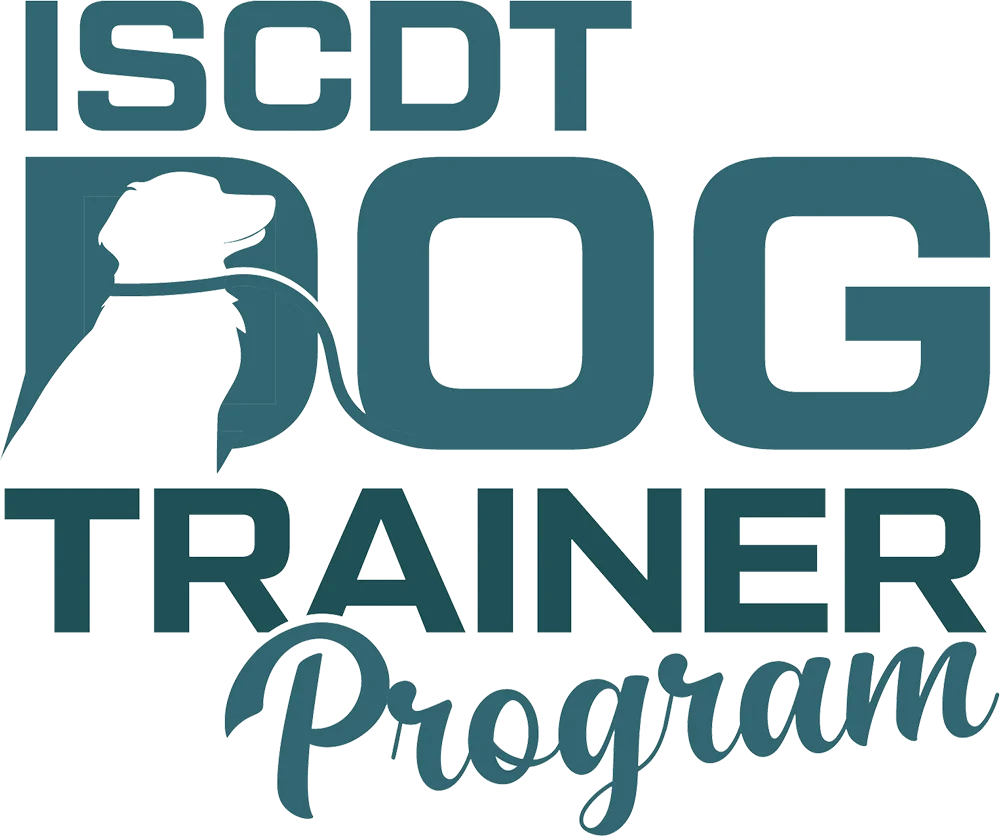Think back to history textbooks during your school years. Each chapter in those textbooks contained dozens of pages filled with dates and information. If your teacher were to assign the entire chapter at once and then give an test two days later, most of us would fail miserably. That’s why teachers break chapters down into smaller units of study. By the time the units are finished, students are better equipped to pass a chapter test. Teachers use the shaping process to instruct their students. Dog trainers do too.
The Shaping process allows us to teach dogs new commands/behaviors by breaking the behavior down into small steps. When the dog learns one step, another is added, until the full behavior is understood. Shaping engages the dog because rewards are given throughout the learning process. Here is a video demonstrating shaping the place command.
You can teach your dog almost anything by shaping. The first thing you must know is that shaping a command takes patience, time and a training plan. You must prepare your lesson before teaching any command to a dog. A simple lesson can go off the rails quickly if you aren’t prepared.
How do you begin your training plan?
- You start with the final result.
What is the final goal you’re looking to achieve? This goal could be teaching a dog to shake hands or teaching a puppy to sit on command. It could be getting your dog to roll over or remain on her bed during mealtime. You just need to know exactly what you want to accomplish.
- Find your starting point.
What part of the command does the dog know? When teaching the down command, it is easiest for the dog to begin in a sit. If the dog fully understands the sit command, then that is your starting point. If not, then you need to begin by teaching sit. The starting point is equally as important as the end result.
- Rewarding small achievements along the way.
What small achievements will you reward while teaching the command? In the case of down, you could begin by rewarding the dog anytime he lowers his head and keeps his butt on the ground. The second goal could be lowering his nose to the ground while keeping the butt on the floor. The third, lowering his nose to the ground (butt down) and moving one paw slightly forward. Continue to add small, rewarding goals until he lowers himself into a down.
Keep in mind that dog handlers need to be flexible with their shaping plan. No two dogs are the same. One dog may achieve her training goal quickly, and therefore not require too many smaller steps, while another dog needs more time or additional steps to achieve the same goal.
Should your client dog struggle, add the necessary steps required to reach the training goals with that dog. Want to learn more training tips? Check out past blog posts and our social media pages.
 ISCDT offers an 18-lesson course for those wishing to train dogs professionally. In Lesson One students learn about classical and operant Conditioning. The course delves deeper into canine behavior, how they learn and how we can communicate with this wonderful species. The course is offered online, which allows you to learn anywhere. We also offer in-person training. Students evidence understanding of each lesson through written and video assignments. Students must have access to a dog(s) throughout this learning process in order for them to translate written work to hands-on training. Visit ISCDT.com to enroll.
ISCDT offers an 18-lesson course for those wishing to train dogs professionally. In Lesson One students learn about classical and operant Conditioning. The course delves deeper into canine behavior, how they learn and how we can communicate with this wonderful species. The course is offered online, which allows you to learn anywhere. We also offer in-person training. Students evidence understanding of each lesson through written and video assignments. Students must have access to a dog(s) throughout this learning process in order for them to translate written work to hands-on training. Visit ISCDT.com to enroll.
